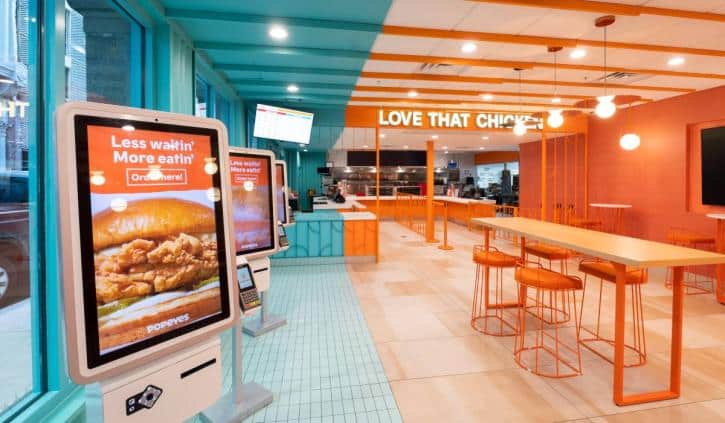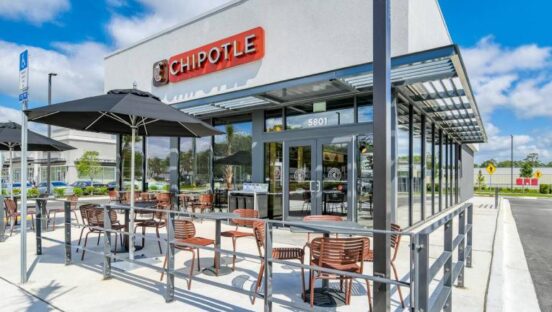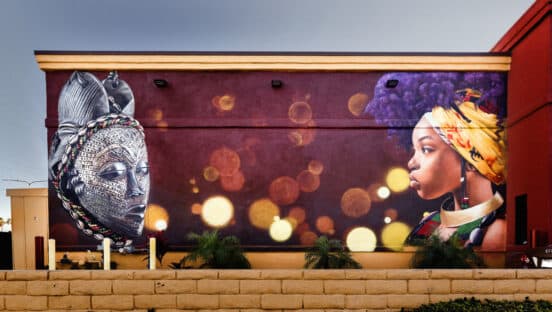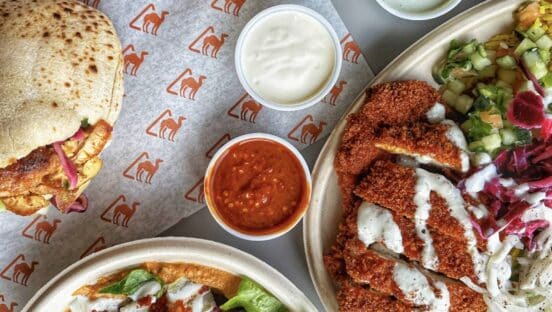





A new era of loyalty
Creating a digital experience that builds customer loyalty—which differs from rewards—is no easy feat. Rewards are extrinsic in nature and can be part of a larger strategy, but true loyalty is intrinsic. To create the kinds of experiences that foster “brand love,” operators need a holistic understanding of today’s customer expectations, and be agile enough to predict, navigate and weather future industry shifts.
With those insights in mind, restaurant brands must adapt old technologies and invest in the right platforms and partners sooner rather than later. Digital capabilities are no longer a “nice-to-have”—they are a critical part of capturing sales and creating the memorable experiences that turn first-time customers into unofficial brand ambassadors. These five tech trends can help guide your digital priorities and bring those loyalty-building experiences to fruition.
Self-ordering technology drives customized experiences and order tracking
Self-ordering options such as apps and kiosks are now an essential part of most restaurants’ sales and marketing strategies. These technologies increase check averages and guest satisfaction since customers can take their time and customize orders without fear of judgment or holding up the line. These devices never forget to offer upsells or promote the LTO.
Apps and kiosks also provide a window into consumer purchasing habits. Using artificial intelligence (AI), brands can then begin to build profiles for each customer based on their ordering preferences. This enables micro-targeted marketing, which pushes customers only the information and promotions that are most relevant to them.
Virtual brands boost profitability and creativity
Virtual brands are the new darlings of the tech world, and with good reason. These delivery-only concepts are not associated with a physical storefront—a fact which immediately and drastically lowers overhead—and have many additional benefits. Virtual brands help reach new customers and increase revenue with minimal costs or risk, since they operate out of existing kitchens, and they are an excellent way for restaurants to maximize ROI during historically-slow downtimes. For example, a full-service restaurant could launch a virtual brand specializing in burgers or chicken sandwiches—like Denny’s and Red Robin did with The Burger Den and Chicken Sammy’s, respectively.
Virtual brands also allow restaurateurs to break into niche or geographical markets where flavor (not atmosphere, managing a large staff, licensing issues, etc.) is the focus. They typically have smaller menus with several variations of one kind of food, rather than training staff how to prepare dozens or even hundreds of different items.
Finally, virtual brands help reduce food waste and provide additional insights into who is buying your food.
Geolocation Services
Geolocation is all about creating contextually-relevant experiences. It allows operators to identify a mobile device or RFID tag when it enters a predefined geographical boundary (e.g., the area immediately surrounding a restaurant’s physical location or a competitor’s location), then send targeted marketing messages to those devices. It also helps the kitchen manage the flow of in-house and takeout orders. Delivering fresh, hot food to customers quickly is one of the simplest—but most important—ways to deepen customer loyalty.
Geolocation also helps operators better predict when customers will arrive to pick up orders, where orders are in the delivery process. Geolocation can support even further-customized experiences by determining if the customer is on premise and switching the app to “in-restaurant” mode, allowing for targeted messaging or promotions that only apply to in-house diners.
Brands like Peet’s Coffee and CKE Restaurants are integrating enterprise-ready location technology from Radar to deliver superior customer experiences.
Contactless payments
Customers don’t just want to order online, they want to pay there, too. According to a study conducted by Juniper Research, contactless payments will triple from $2 trillion to $6 trillion worldwide by 2024, when nearly half of all global transactions run through point-of-sale (POS) systems will be contactless. Not only are these transactions considered safer and more hygienic in a post-pandemic world, but they are also actually more secure than physical cards, which can be skimmed at public terminals. Tap-to-pay and digital wallet payment options (Apple Pay, Google Pay, Venmo) allow customers to simply tap a button on their phone or wave their phone near a payment terminal instead of swiping a card. When integrated with virtual wallets, in-app payments are a snap.
Integrating the POS and mobile payment technology with a restaurant’s loyalty program can also take data insights to the next level, which helps operators with both short and long-term forecasting.
Evolved loyalty strategies that go beyond “rewards”
In the past, restaurants relied on rewards programs that provided extrinsic rewards such as discounts or free items once a certain purchase threshold is reached (think “buy nine coffees, get the tenth free”). Customers love these rewards because they are straightforward, easy to understand, and tangible. But rewards are not “loyalty.” Loyalty takes time to cultivate and is the result of making customers feel seen and valued. Loyalty might better be described as “brand love,” as it lives beyond the primary interaction and extends into consumers’ personal and social interactions.
Brands like coffee concept Dutch Bros are evolving the idea of what loyalty means by focusing on “interactions not transactions.” Customers’ names appear front and center on the brand’s app, making them the center of attention. Users can also customize their app with digital “stickers” that reflect their personalities and receive additional stickers from “broistas” to celebrate milestones.
As restaurants fully step into a new normal, it’s clear that technology will play a central role in industry ethos moving forward. With the right technological tools in place, forward-thinking concepts will be well-positioned to provide consumers with the personalized, relevant offers and communications that build true brand loyalty.
Kevin Rice is Executive Vice President, Bounteous, a digital growth partner for the restaurant and c-store industries that helps brands like Domino’s, Panda Express, and Wingstop drive incremental revenue through digital experiences. Hathway joined Bounteous in November 2021.













